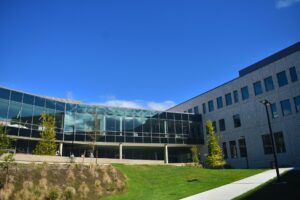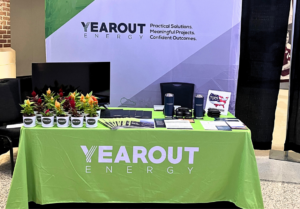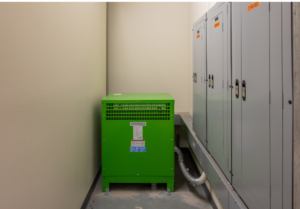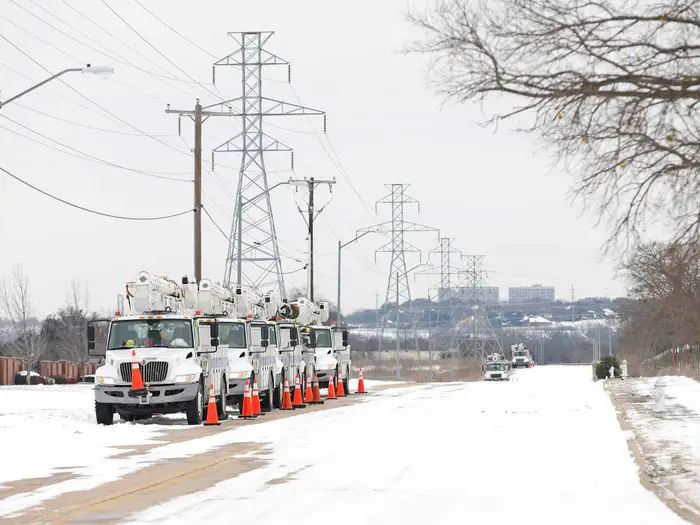Grid Challenges
In February 2021, Texas experienced one of its most severe and impactful winter storms, known as Storm Uri. The state faced exceptionally cold temperatures, leading to record winter demand for electricity. The effects were exacerbated by numerous generation outages, causing instability and widespread power losses throughout the ERCOT power grid.
At its peak, approximately 4.5 million Texans found themselves without electricity, highlighting the significant impact of the storm on the region’s power infrastructure.
The Future of the Grid
Issues like the February freeze in TX are why the Department of Energy (DOE) announced two bold goals: to deploy 30 gigawatts of offshore wind within the decade and cut the current cost of solar energy by 60% by 2030.
The Department of Energy envisions a significant shift in the U.S. electricity generation landscape, with a major focus on increasing low to no emissions energy sources. The prospective power grid aims to incorporate various distributed energy resources (DERs) like Battery energy storage systems (BESS), electric vehicles, responsive loads, and power corrective devices for enhanced efficiency, grid stability and sustainability.
In this evolving energy landscape, microgrids stand out as a crucial building block for localized and grid resiliency.
Resiliency of Facilities
Microgrids can help integrate renewable energy sources, such as wind, solar PV, BESS and generators. They increase energy independence by providing a local source of generation and energy storage. This can be particularly useful during emergencies when the main power grid may not be available. But before investing in a microgrid it’s essential to follow these three steps to maximize the efficacy of your microgrid investment.
1. Energy Efficiency
- Start by optimizing energy use and reducing waste through various energy efficiency facility improvement measures.
- Optimizing energy usage within a building leads to a more cost-effective sizing of the microgrid by minimizing energy waste.
2. Electrification
- Replace traditional fossil fuel-powered systems with electric alternatives where financially feasible.
- When integrated with localized energy generation/storage, electrification will enhance the resilience and reliability of the buildings while making financial sense by leveraging grants, incentives and higher utility escalation rates.
3. Microgrids
- Develop localized energy systems that can operate independently or in coordination with the main grid.
- The combination of renewable energy and microgrids often involves various distributed energy resources (DERs) allowing for better management of energy flows. Examples of these resources are Solar PV, BESS and micro-wind generators, Combined Heat and Power Generators (CHP) etc.
3a. Renewable Energy:
- Renewable energy sources, when harnessed within microgrids, can lead to long-term cost savings due to free and abundant energy from the sun, wind, or other natural sources.
- Microgrids with renewable energy sources can contribute excess energy back to the main grid during periods of high generation. This two-way flow supports grid stability and helps balance supply and demand.
3b. Battery Energy Storage Systems (BESS):
- A principal benefit of using BESS is cost savings. BESS can store excess energy generated during off-peak hours and utilize the stored energy during hours when demand is high.
- BESS can help improve grid and localized system stability by providing backup power during periods of high demand or when there is a sudden drop in energy supply. This can help prevent power outages and ensure a reliable supply of energy.
3c. Generators & Combined Heat and Power Generators:
- Generators can support microgrids by providing supplementary power during peak demand periods, contributing to grid stability.
- CHP systems simultaneously produce electricity and useful heat, optimizing overall energy efficiency and stability.
Conclusion
In conclusion, the challenges faced by the Texas power grid during winter storm Uri highlighted the vulnerability of existing energy infrastructure. The Department of Energy foresees a shift to a cleaner and more sustainable U.S. electricity landscape. Microgrids play a crucial role in addressing grid interoperability and scalability challenges, offering a varied and resilient power distribution system.
Enhancing facility resilience involves integrating microgrids while addressing efficiency and electrification projects. These steps contribute to a stronger and more sustainable energy future. This also aligns with the commitment to a cleaner, connected, and technologically diverse national power grid.









